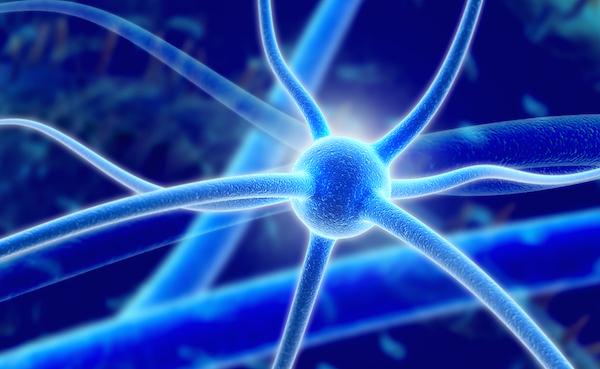
MONDAY, Aug. 20 (HealthDay News) — The mind may be mightier than the fist, according to a new study that found that people’s ability to throw a powerful punch may be linked to the control of muscle movement by the brain, not muscle strength itself.
After examining the brains of karate experts, researchers in London found that differences in the structure of their brains’ “white matter” were associated with their ability to generate extremely powerful punches. White matter refers to the connections between different brain regions.
“Most research on how the brain controls movement has been based on examining how diseases can impair motor skills,” study leader Dr. Ed Roberts, from the Imperial College London department of medicine, said in a college news release. “We took a different approach, by looking at what enables experts to perform better than novices in tests of physical skill.”
In conducting the study, the investigators compared the brain structures of 12 people with black belts in karate who had an average of nearly 14 years of experience in the sport, with 12 people of a similar age who were physically active but didn’t have any martial arts expertise.
The researchers tested how forcefully the participants could punch at short range. Infrared markers worn on their arms and bodies measured the speed of their movements.
The study showed the karate black belts punched harder because they were better able to time the movements of their wrists and shoulders.
Brain scans also revealed differences between the two groups in the microscopic structure in certain regions of their brains. The structural differences were seen in the white matter of parts of the brain called the cerebellum and the primary motor cortex. These areas of the brain are known to be involved in controlling movement, the researchers explained.
The brain differences measured by the scans correlated to the participants’ wrist and shoulder movements when punching, as well as their level of karate experience. The study authors suggested the structural differences in the brain are associated with the black belts’ punching ability.
“The karate black belts were able to repeatedly coordinate their punching action with a level of coordination that novices can’t produce,” Roberts said. “We think that ability might be related to fine tuning of neural connections in the cerebellum, allowing them to synchronize their arm and trunk movements very accurately.”
“We’re only just beginning to understand the relationship between brain structure and behavior, but our findings are consistent with earlier research showing that the cerebellum plays a critical role in our ability to produce complex, coordinated movements,” he added.
The study was published online Aug. 14 in the journal Cerebral Cortex.
More information
The U.S. National Institutes of Health has more about the brain.

